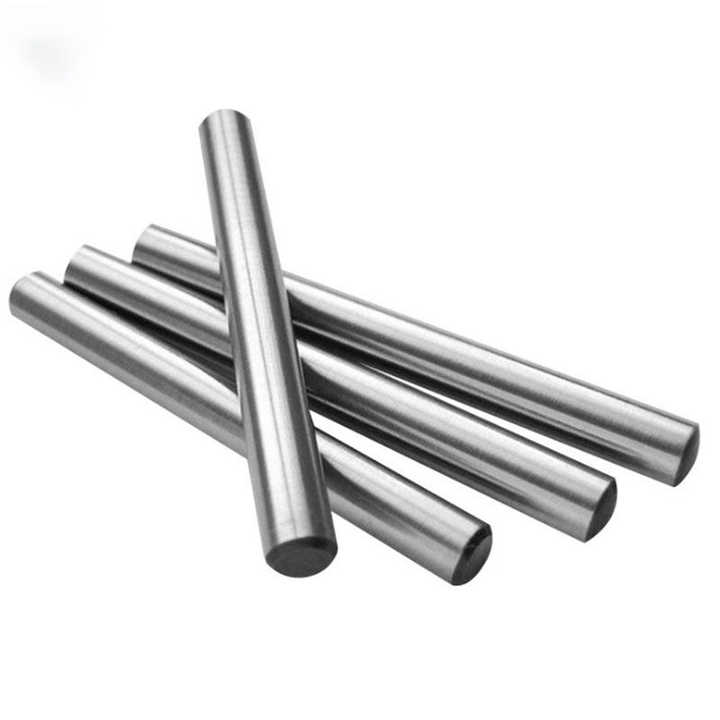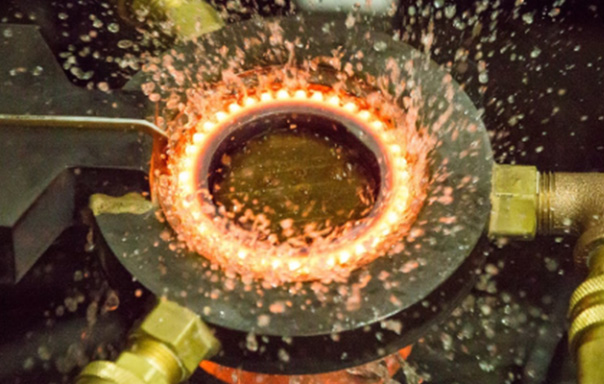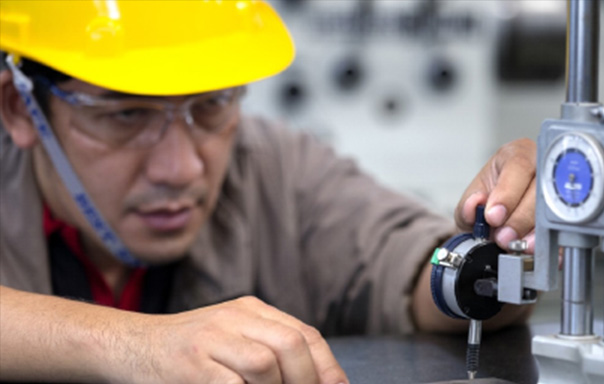The SUS440 series is a high-carbon martensitic stainless steel under the Japanese JIS standard. Known for its excellent hardness, wear resistance, and moderate corrosion resistance, it plays a vital role in industrial applications. This series includes three main grades—440A, 440B, and 440C—with their primary differences lying in carbon content, which directly affects hardness, toughness, and corrosion resistance.
1. Chemical Composition and Key Differences
All three grades contain 16-18% chromium, ensuring basic corrosion resistance. The critical distinction lies in carbon content:
440A: 0.60-0.75% carbon
440B: 0.75-0.95% carbon
440C: 0.95-1.20% carbon
This increasing carbon content leads to significant performance variations:
1).Higher carbon content results in greater hardness after quenching.
2).However, excessive carbon reduces material toughness and corrosion resistance.
3).Carbon combines with chromium to form chromium carbides, reducing free chromium content.
2. Mechanical Properties
Under heat-treated conditions:
440A achieves a hardness of HRC 54-56
440B reaches HRC 56-58
440C attains the highest hardness of HRC 58-60
Notably, as hardness increases, impact toughness decreases. 440A, with its lower carbon content, maintains better toughness while providing sufficient hardness. In contrast, 440C, despite its extreme hardness, is more prone to brittle fracture under impact loads.
3. Corrosion Resistance Comparison
Although all three grades have the same chromium content, their corrosion resistance differs:
440A performs best, suitable for humid environments.
440B offers balanced performance.
440C, with the highest carbon content, has the weakest corrosion resistance.
In practical applications, 440C components often require surface treatments (e.g., chrome plating or passivation) to compensate for this limitation.
4. Typical Applications
440A: Used where high toughness is needed, such as surgical instruments and food processing equipment.
440B: Widely applied in industrial bearings and valves requiring balanced performance.
440C: Ideal for high-end knives and precision bearings due to its ultra-high hardness.
440F (Modified): Contains added sulfur to improve machinability, suitable for precision parts.
5. Material Selection Guidelines
Consider the working environment when choosing:
Humid/corrosive conditions: Prioritize 440A.
Balanced hardness and toughness: Opt for 440B.
Extreme wear resistance in dry environments: Choose 440C.
Precision machining requirements: Consider 440F.
6. Conclusion
The SUS440 series achieves a gradient of performance through controlled carbon content, providing flexible options for engineering design. Understanding these three materials' distinct characteristics helps engineers strike the optimal balance between hardness, toughness, and corrosion resistance, ensuring the best material is selected for specific applications.
If you're interested in SUS440 stainless steel or would like a quote, feel free to contact us anytime.


Baoshan District,
Shanghai, China.



